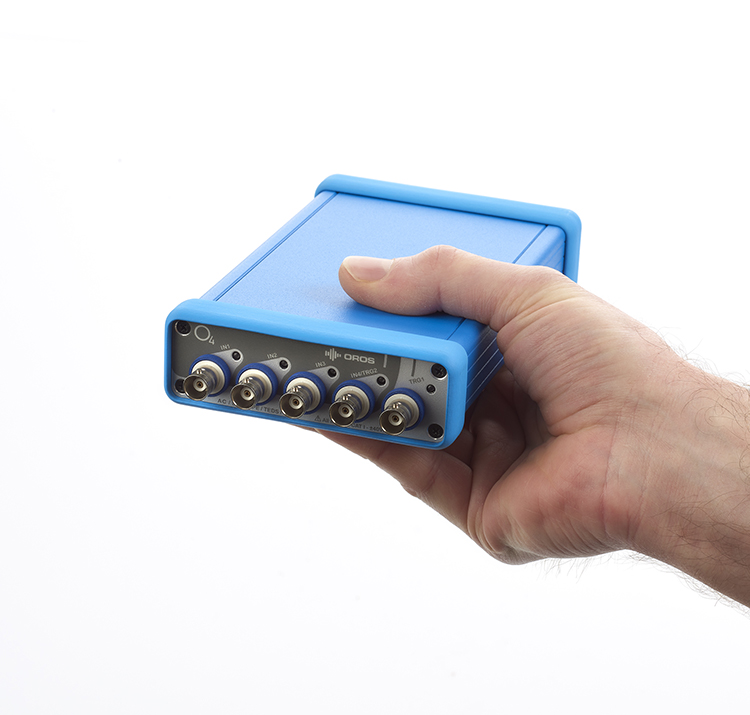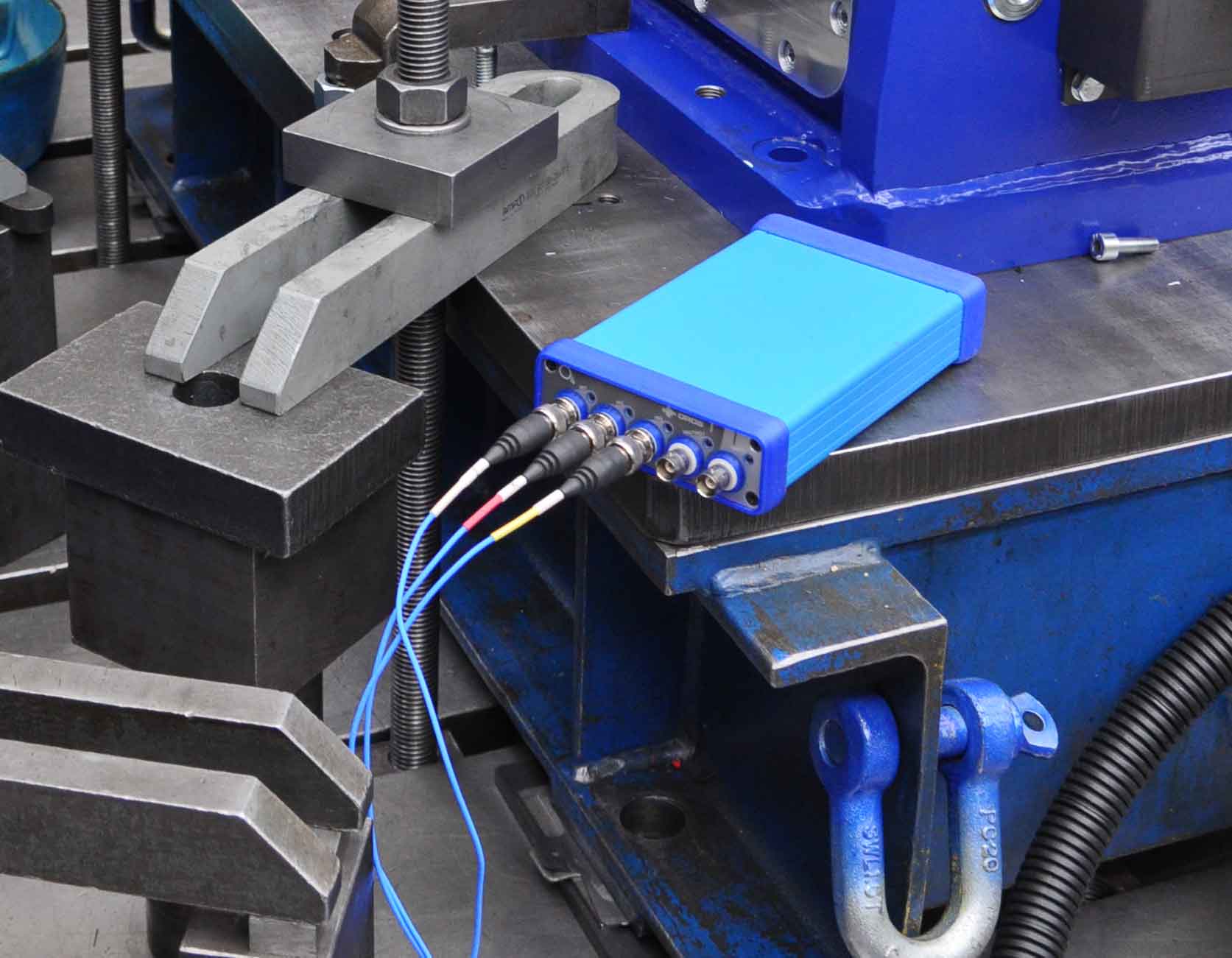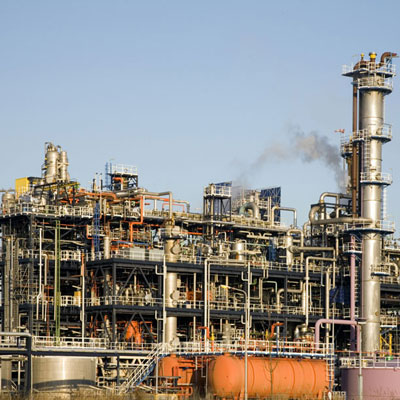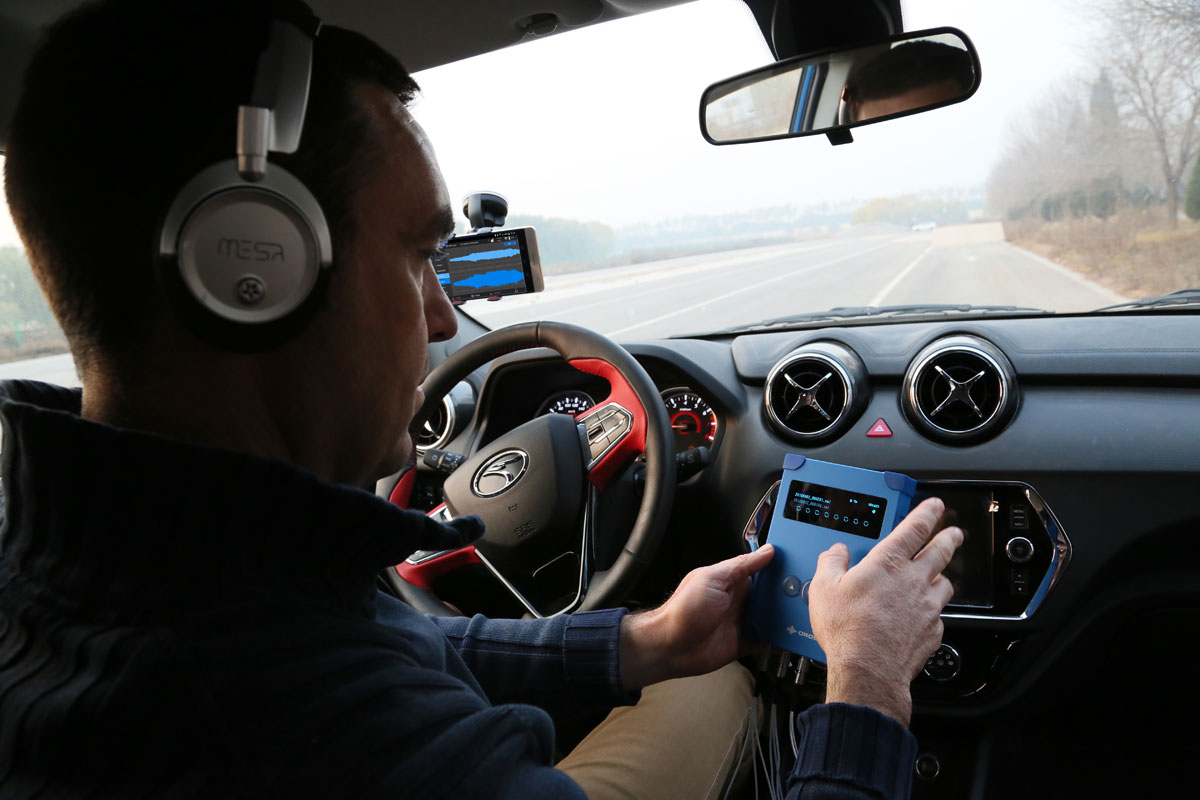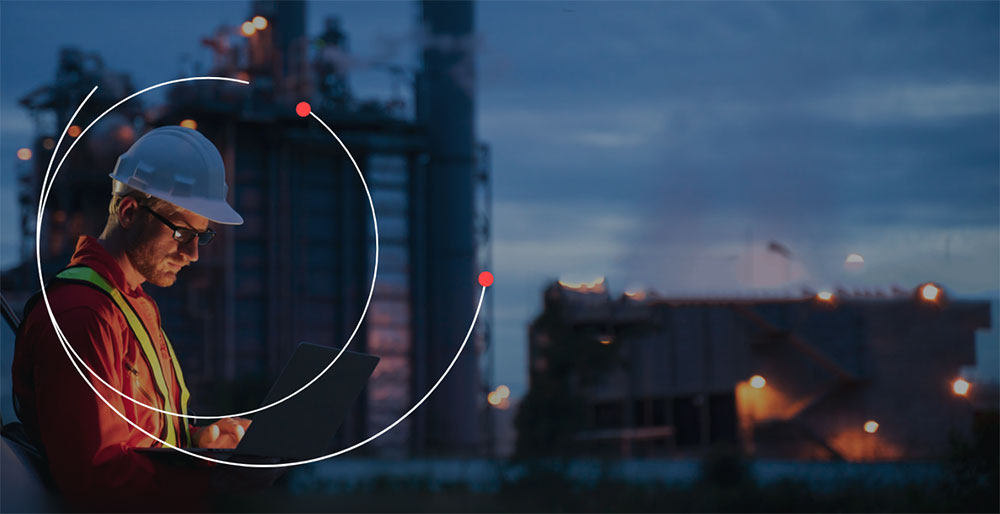Orbits are certainly the most famous among rotating machinery vibrations tools. They are, of course, widely used and very useful for multiple applications from acceptance to diagnostics. Nevertheless, it would be a pity to restrict the range of possibilities to those.
Join this webinar to get the full scope of techniques and tools available and how they can let you reach a global diagnostic simply and efficiently.
REPLAY
This webinar is past. It is available as a replay. Please contact us to get it. webinar@oros.com.
Orbits? Yes, sure, but not only!
In the first part of the webinar, based on real field situations, we’ll go through an overview of the well known orbit display as well the complementary required tools:
- How are they measured?
- What are the practical field aspects that should be considered?
- How they should be read and how they can lead us to a diagnostic?
These facts will be illustrated by looking at a real case using ORBIgate, the dedicated turbomachinery vibration and rotordynamics software solution.
From rotating excitations to structural response
In a second step, we’ll look a bit more globally at the various phenomena occurring in a rotating machine. In particular how the rotating excitations can generate a vibration response in the structure:
- Taking into account various type of excitations : from imbalance to torsional
- Taking into account the modal characteristics of the structures from blades to mounting skids
Field tools to face all your testing needs
Finally, we’ll take a look at various techniques and tools which are key once on the field:
- Taking data from multiple sensor type: from strain gauges to IEPE accelerometers and impact hammers
- Tests on multiple shafts trains
- Advantages to record raw data on a SSD disk
Globally , a special attention will be given during the webinar to highlight techniques that were brought from the field: designed for the users listening to the users.
About the presenter
Nicolas Denisot has been an Application Engineer at OROS since April 2011, and has been working for 15 years for Noise and Vibration purpose. As an expert, he is involved in after-sales actions to support a wide OROS customer base on-site, training and helping them interpret measurement results. In pre-sales, Nicolas has a talent for understanding prospect’s need, testing environment and helps providing the right solution. This in a variety of fields, including turbomachinery troubleshooting, balancing and modal analysis.
About the presenter
Guillaume Cousin is Product Manager at OROS for the Noise and Vibration solution range and in particular for ORBIgate, the Turbomachinery Vibration Solution. OROS provides Noise and Vibration testing systems and services to the Energy and Process industry covering applications such as Turbomachinery Vibration, Balancing, Monitoring, Torsion and Modal analysis. Guillaume has globally more than 20 years’ experience in Noise and Vibration applications. Before OROS, he used to work as a R&D engineer at the Markus Wallenberg Laboratory for Noise and Vibration at KTH Stockholm. He holds a MSc in Mechanical Engineering from INSA-LYON.
